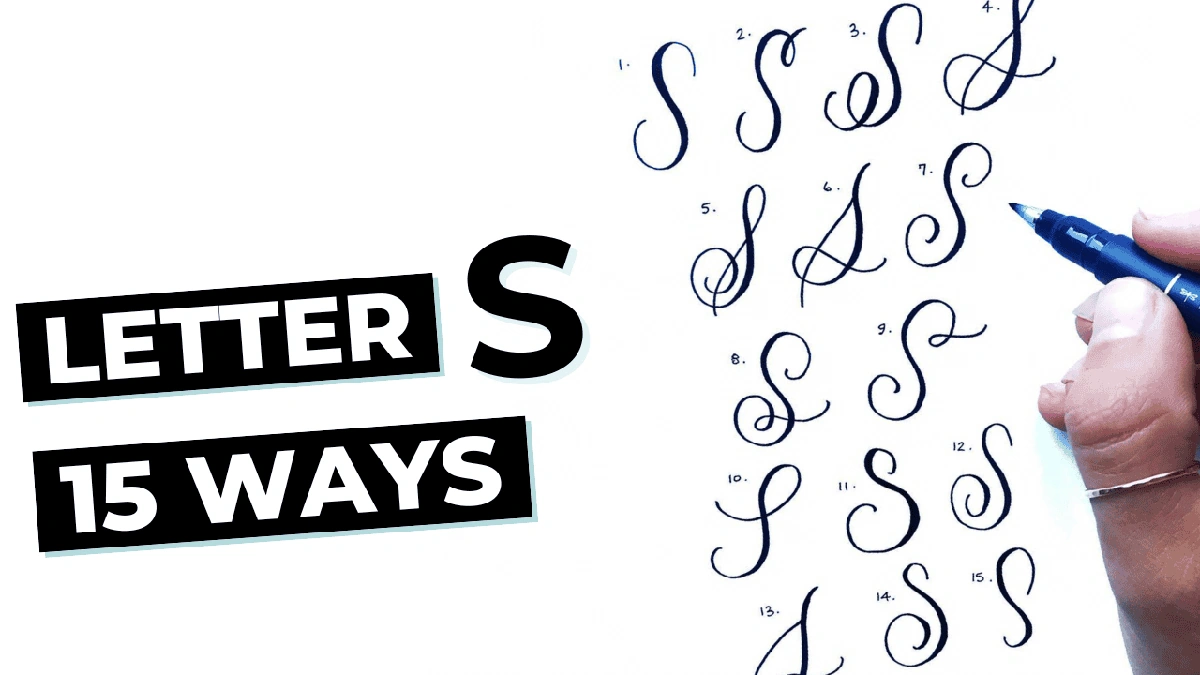Ever stared at a single letter and wondered, “What’s the big deal?” Well, when that letter is ‘s,’ buckle up. It’s not just a squiggle on a page; it’s the key to unlocking a whole world of information. Let’s be honest, sometimes things that seem simple on the surface have hidden depths. This is definitely one of those times. We’re going to look at why ‘s’ matters, how it’s used, and what you might be missing about this fundamental piece of the English language.
The Power of Plurals | Why ‘s’ Matters in Grammar

One of the most basic, yet crucial roles of ‘s’ is forming plurals. Think about it: one cat, two cats . One dog, many dogs . That little ‘s’ at the end transforms a singular noun into something more. But, it’s not always that simple, right? What about words like “mouse,” which becomes “mice,” or “child,” which morphs into “children”? I initially thought the rules were straightforward, but the English language loves its exceptions. It keeps things interesting, to say the least. Understanding these exceptions, and the general rule, is fundamental to clear communication. This is especially true in formal writing. Being precise with your plurals isn’t just about sounding smart; it ensures your message is understood correctly.
Possession is 9/10ths of the Law (and ‘s’)
Beyond plurals, ‘s’ signifies possession . ‘John’s car’, ‘the company’s profits’ – the apostrophe-s (‘s) shows ownership. But here’s where things get tricky: What if the noun is already plural, like ‘dogs’? Then you simply add an apostrophe after the ‘s’: ‘the dogs’ toys’. A common mistake I see people make is forgetting the apostrophe altogether, which can completely change the meaning of a sentence. The nuance is important. Think about the difference between “the students books” (incorrect) and “the students’ books” (correct). The first suggests a single student owns multiple books. The second says that multiple students own the books together. See the difference? According to the Grammar Book , mastering the possessive form shows attention to detail.
‘s’ as a Verb | The Third-Person Singular
Alright, so ‘s’ handles plurals and possession. But it also plays a vital role in verb conjugation. In the present simple tense, we add an ‘s’ to the verb when the subject is a third-person singular pronoun (he, she, it) or a singular noun. For example: ‘He runs’, ‘She sings’, ‘The dog barks’. Seems easy enough, right? But sometimes people forget this rule when they’re speaking, especially if they’re not native English speakers. It’s a small detail, but consistently getting it right elevates your communication skills. I’ve noticed that paying attention to these grammatical nuances can make a big difference in professional settings.
Beyond Grammar | The Subtle Power of ‘s’ in Language Evolution
What fascinates me is how a single letter can impact the evolution of language. Consider contractions like “it’s” (it is) and “that’s” (that is). These shortened forms, using the apostrophe-s, reflect our tendency to streamline communication. We want to say more with less. But, and this is a big but, you have to be careful with contractions, especially in formal writing. Using too many contractions can make your writing seem informal or even sloppy. So, it’s about finding the right balance between efficiency and professionalism. Here’s another thing to consider: the silent ‘s’ in words like ‘island’ and ‘aisle’. These silent letters are remnants of historical influences and linguistic shifts. They remind us that language is constantly evolving, and even seemingly small details can hold historical significance.
Decoding Common ‘s’ Related Errors
Let’s dive into some of the most frequent errors involving ‘s’ and how to avoid them. One persistent issue is differentiating between “it’s” (it is) and “its” (possessive). “It’s raining” means “it is raining”, while “The dog wagged its tail” shows ownership. Another stumbling block is the incorrect use of apostrophes with plural nouns. Remember, adding an apostrophe to a regular plural noun is usually wrong. “The cats’ toys” (correct) vs. “The cats’s toys” (incorrect). To ensure precision, always double-check your work, especially in situations where clarity is paramount. The one thing you absolutely must double-check in any email is your grammar.
FAQ | Your Burning ‘s’ Questions Answered
What if I’m not sure whether to use “its” or “it’s”?
Simple trick: if you can replace it with “it is” or “it has”, use “it’s”. Otherwise, use “its”.
How do I handle plural possessives like “children”?
Since “children” is already plural, add an apostrophe after the word: “the children’s toys”.
What about acronyms? Do they need an ‘s’ to be plural?
Generally, no. You can simply add an ‘s’ without an apostrophe: “CDs”, “PhDs”.
Is it ever okay to use double possessives (e.g., “a friend of John’s”)?
Yes, double possessives are grammatically correct and often used to avoid ambiguity. It implies one of the many. Check this out for more detail.
In conclusion, the humble letter ‘s’ is anything but simple. It’s a powerhouse of grammatical function, impacting plurals, possession, verb conjugation, and even the evolution of language. Understanding its nuances is crucial for effective communication. So, the next time you see an ‘s,’ remember its significance. It’s a small letter with a big job.




